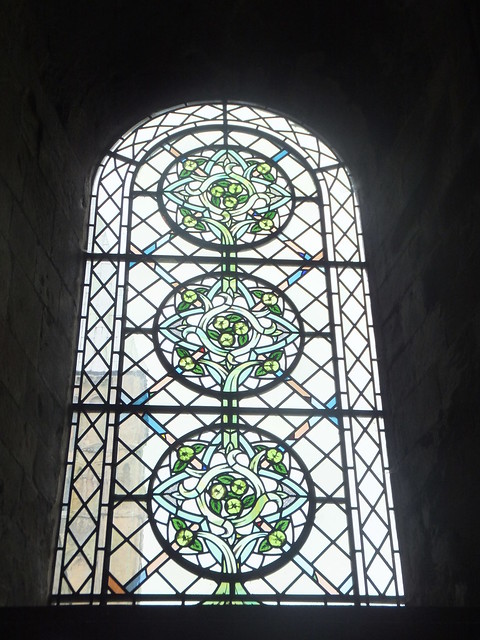Regular readers will know I love me some agricultural biodiversity, food plants with a past, a future or a unique story. At Easter I happened to pass unwittingly by a famous old tree and pick up (eventually) on its story.
Roughly parsed from wiki, it's story is as follows.
'Bramley's Seedling' was originally grown by a young girl Mary Ann Brailsford who planted pips in her garden in Southwell, Nottinghamshire, UK in 1809. The garden was later purchased by a local butcher, Matthew Bramley in 1846. In 1856, a local nurseryman, Henry Merryweather asked if he could take cuttings from the tree and start to sell the apples. Bramley agreed but insisted that the apples should bear his name.
On 31 October 1862, the first recorded sale of a Bramley was noted in Merryweather's accounts. He sold "three Bramley apples for 2/- to Mr Geo Cooper of Upton Hall". On 6 December 1876, the Bramley was highly commended at the Royal Horticultural Society's Fruit Committee exhibition.The original tree is still bearing fruit two centuries after it was planted. Bramley's seedling has become the most important cooking apple in England and Wales, with 21.68 km², 95% of total culinary apple orchards in 2007.
What those stats and that history doesn't tell you about is how delicious a bramley apple pie or crumble is. The fruits are (for those of you who may not have seen a cooking apple) enormous monsters full of appley flavour. It also doesn't convey how proud the town is of its most famous resident. The original tree still stands (had I realised this I'd have looked it out) and is marked by a plaque. There is also a bramley apple pub, a bramley apple festival, a local newsletter called "The Bramley" and then in the town's cathedral there's this:
The stained glass was added in 2009 to commemorate the bicentenary of the seedling's production. The ultimate accolade for a local variety?

No comments:
Post a Comment